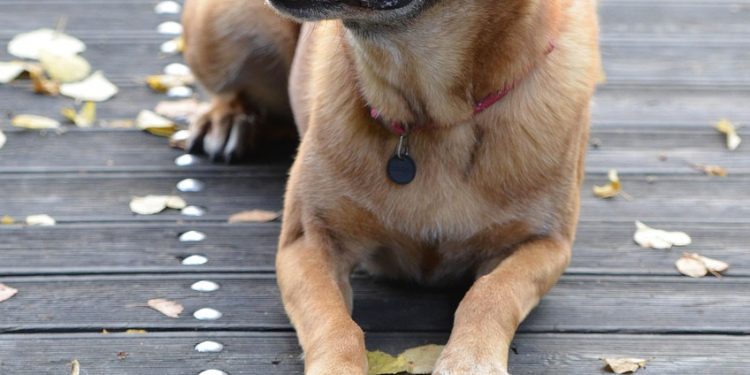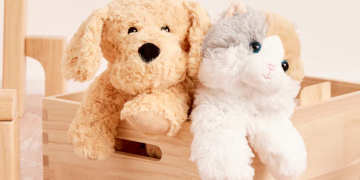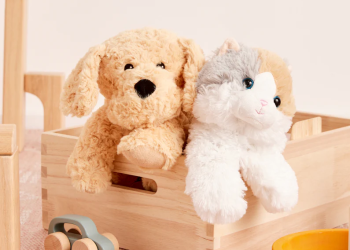Crate training is an essential part of raising a well-adjusted and happy puppy. A crate provides your puppy with a safe and secure space that mimics a natural den, helping with house training, reducing destructive behavior, and offering a retreat when they feel stressed. Here’s a detailed guide to help you effectively crate train your puppy.
Understanding the Benefits of Crate Training
Encourages House Training
Dogs instinctively avoid soiling their sleeping area, making the crate a valuable tool for house training.
Provides a Safe Space
A crate offers a secure environment where your puppy can relax and feel protected, especially during stressful situations like loud noises or the arrival of guests.
Prevents Destructive Behavior
By confining your puppy when unsupervised, you reduce the risk of them chewing on furniture, shoes, or other inappropriate items.
Choosing the Right Crate
Size Matters
- Appropriate Fit: The crate should be large enough for your puppy to stand, turn around, and lie down comfortably but not so large that they can eliminate in one corner and sleep in another.
- Adjustable Crates: Many crates come with dividers, allowing you to adjust the size as your puppy grows.
Types of Crates
- Wire Crates: Provide excellent ventilation and visibility.
- Plastic Crates: Offer a more enclosed, den-like environment.
- Soft-Sided Crates: Lightweight and portable but best for already crate-trained dogs.
Introducing Your Puppy to the Crate
Make the Crate Inviting
- Comfortable Bedding: Line the crate with soft, washable bedding to make it cozy.
- Favorite Toys: Place a few safe toys inside to encourage exploration.
- Positive Scents: Use a blanket or towel with your scent to create familiarity.
Start Slowly
- Leave the crate door open and allow your puppy to explore at their own pace.
- Reward them with treats and praise whenever they show interest in or enter the crate voluntarily.
Establishing a Crate Routine
Mealtime Association
Feed your puppy their meals inside the crate:
- Start by placing the food just inside the crate with the door open.
- Gradually move the bowl farther back as your puppy becomes comfortable.
Short, Positive Sessions
- Encourage your puppy to spend short periods in the crate with the door closed.
- Use a calm, reassuring tone and provide treats or toys to make the experience enjoyable.
Using the Crate for House Training
Establish a Schedule
- Take your puppy outside to eliminate immediately after waking up, eating, or playing.
- Use a consistent schedule to help them learn when it’s time to go potty.
Limit Time in the Crate
- Young puppies should not be crated for long periods, as they cannot hold their bladder for extended durations.
- A general rule is one hour of crate time for each month of age (e.g., a 2-month-old puppy can handle about two hours).
Avoiding Common Mistakes
Never Use the Crate as Punishment
The crate should always be associated with positive experiences. Using it as a form of discipline can create fear and resistance.
Don’t Force Your Puppy
Allow your puppy to enter and exit the crate willingly. Forcing them can lead to anxiety and negative associations.
Avoid Excessive Confinement
Too much time in the crate can lead to frustration and boredom. Ensure your puppy gets plenty of playtime, exercise, and interaction outside the crate.
Addressing Crate Training Challenges
Whining or Barking
- Ignore Attention-Seeking: If your puppy whines to get out, wait until they are calm before opening the door.
- Ensure Comfort: Make sure they’ve been fed, exercised, and given the opportunity to eliminate before crating.
Separation Anxiety
- Gradually increase the time your puppy spends in the crate while you’re in the room.
- Practice leaving the room for short periods and returning calmly.
Transitioning to Longer Periods
Gradual Increases
Start by leaving your puppy in the crate for short periods while you’re at home. Gradually extend the time as they become more comfortable.
Practice Departures
Before leaving the house, crate your puppy and leave for a few minutes. Slowly increase the duration to help them adjust to your absence.
Nighttime Crate Training
Bedtime Routine
- Establish a calming routine before bedtime to help your puppy relax.
- Place the crate near your bed initially to provide reassurance.
- Gradually move the crate to your desired location as your puppy becomes more confident.
Managing Nighttime Needs
- Puppies often need to eliminate during the night. Set an alarm to take them outside at regular intervals based on their age.
- Avoid engaging in play during nighttime potty breaks to reinforce the idea that nighttime is for sleeping.
When to Seek Professional Help
If your puppy shows extreme resistance to the crate or exhibits signs of severe anxiety, consider consulting a professional trainer or behaviorist for guidance.
Crate training is a valuable tool that benefits both you and your puppy. By creating positive associations and maintaining consistency, you can help your puppy view the crate as a safe and comfortable space, setting the stage for a lifetime of good behavior.












